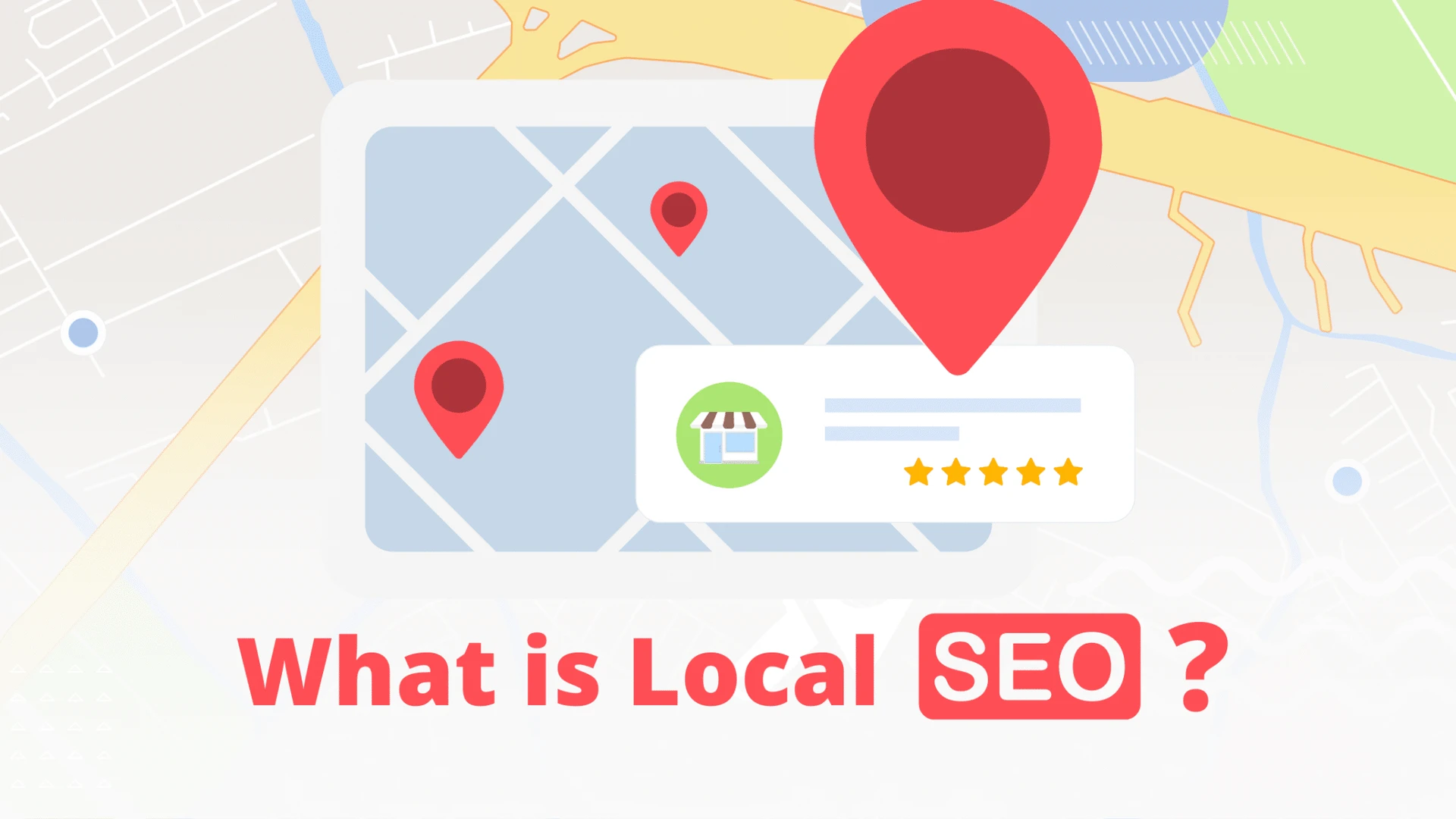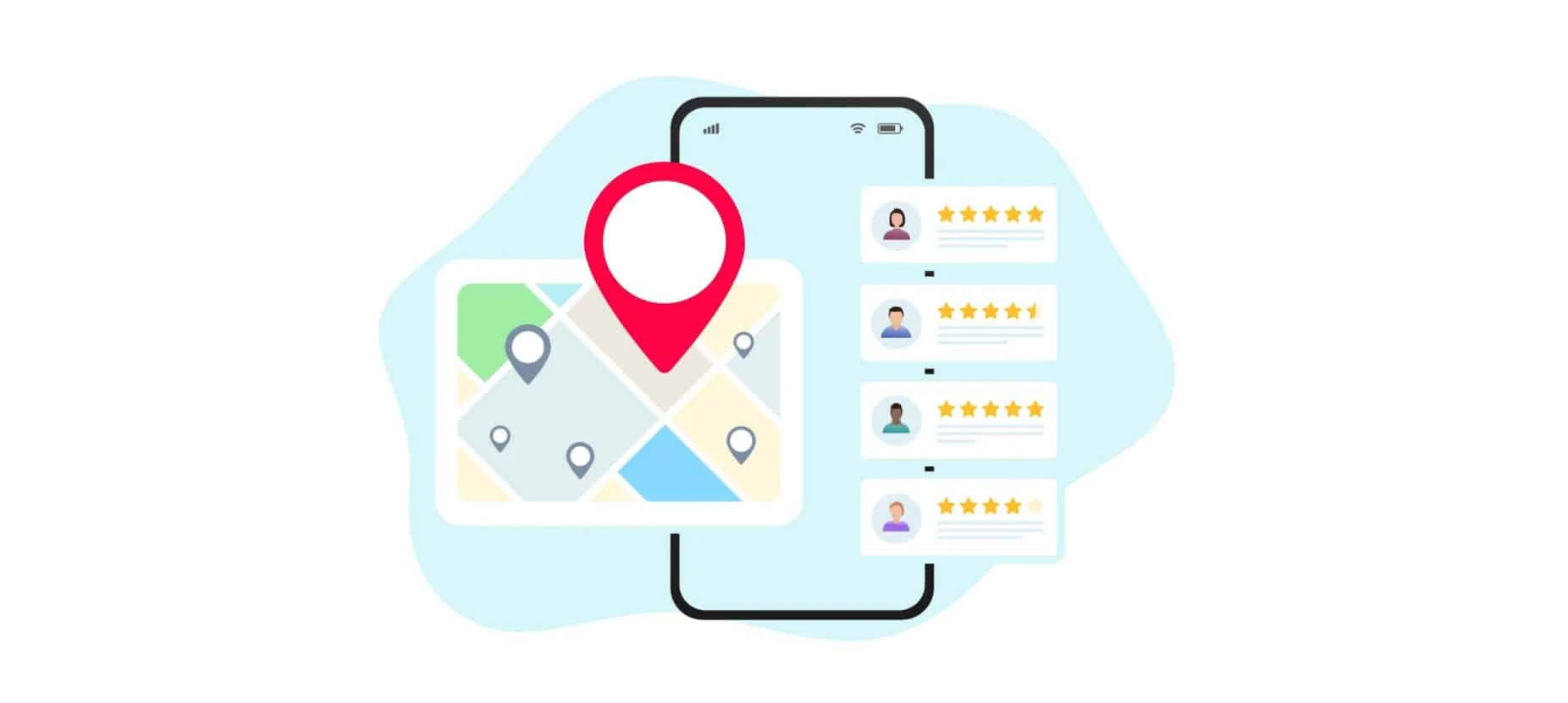What is Local SEO? What You Need to Know Now to Boost Your Business in 2024
Analysis by SEO Brand
Share
What will be the secret to increased sales in 2024? If your small business doesn’t already have a local SEO strategy, here’s what you’re missing out on.

Table of Contents:
What is local SEO if not a digital blueprint for making your mark in your community?
Related Article
How to Rank for “Near Me” Searches
When it comes to your search engine optimization (SEO) strategy, you can’t underestimate the importance of local SEO.
Nearly half of all Google queries are done in search of local information. And because local SEO helps your business rank higher in local searches, it can be instrumental in boosting both digital and real-life traffic.
If you’re just focused on general SEO, know that your competitors are laser-focused on optimizing locally, too. That means you’re not just missing a big opportunity to increase your visibility with a local audience; you’re also falling short in brand awareness amongst the local competition.
Grow your visibility, increase your sales, and stay ahead of your competitors. Here are the essentials you need to know to put local SEO into practice, with quick tips on how to plan and implement a stellar local SEO strategy.
What is Local SEO?
Local SEO is a marketing practice that increases your visibility in local search results.
Search queries with terms like “near me” and “close by” have skyrocketed in recent years: 76% of local mobile searches lead to in-store visits, and 28% of those visits result in a purchase. The primary goal of local search marketing is to increase awareness and sales among your local audience so they end up at your door instead of your competitors. This is done through targeted practices like creating locally relevant content, optimizing your Google My Business page, and getting more local links.
Ultimately, if you want to bring in more foot traffic, you need to know how to do local SEO.
Why is Local SEO Important? Google’s Focus
on Local Intent
When someone types a query into the Google search bar, it kicks off a host of processes that determine what results show up and in what order. These processes are collectively known as Google’s search algorithms.

While Google’s algorithms are often changing, there are several factors that are always at play, including relevance to the query, website authority, and strength of inbound links.
When queries have a clear location-based slant – for example, the use of terms like “near me” or “New York City” – Google qualifies them as having local intent. And this triggers another key ranking factor known as proximity.
To rank for proximity, Google compares a user’s geographic location to businesses and websites in the same area. From there, the search engine uses three factors to determine local ranking:
- Relevance – How well a result responds to what someone is searching for
- Distance – How far a result is from the location term used in the search
- Prominence – How well-known a result is, considering things like Google reviews, how often a website shows up in articles and directories, and how popular a business is in the offline world
Fortunately, proximity is often used in rankings even if a query lacks location-specific search terms. That’s thanks to geo-location, which provides Google with geographic data on users that fill in the blanks when queries are local in nature.
With geo-location, searches like “best coffee shop” or “dry cleaners” will still pull up local results, regardless of missing location terms. This further establishes the need for local search marketing and a clear, concise strategy for aligning your content with overt or suggested local intent.
Getting Started with Your Local SEO Strategy
You don’t have to be an SEO expert to take the first steps toward accelerating your search traffic with a local SEO strategy.
There are several tactics involved with how to optimize a website for local search. The more of them you can master, the more likely it is your website will appear at the top of local search results.
#1: Find and Optimize for Keywords with Local Intent
To start your keyword research, identify the keywords people use when searching for locally relevant products and services. This includes broad local search terms as well as the more specific terms used by your nearby audience.
To get started, look at what terms are pulling up your competitors’ sites. You can start typing in searches yourself to narrow it down or work backward using tools that let you type in a website’s URL and see what it’s ranking for. Google Keyword Planner and Google Autocomplete are also great ways to find keywords with local intent.
Remember: local keywords can be explicit (“free Miami museums”), or they can be implicit (“shoe repair”). Aim to rank for both types by incorporating locally relevant keywords into your content, meta descriptions, page URLs, headers, and more, just as you do for general search terms.
#2: Perform Technical and Off-Site Optimizations for Local SEO
A strong local SEO strategy doesn’t end with keyword optimization. There are a number of technical aspects you need to nail as well, all of which can help ensure you get your site in front of local searchers.
These include:
- Adding structured data to your page – This is data built-in to your site that tells search engines exactly what users can find and do on the page. Structured data should be written using the appropriate schema markup, which is the language (i.e., code) that search engines use to understand what you’re trying to say.
- Maintaining NAP consistency – NAP (Name, Address, Phone Number) is the building block of strong local citations. Your NAP needs to stay consistent and accurate across the web so that search engines can properly process the data coming from your site.
- Creating and updating a Google My Business profile – Google My Business improves your visibility in local search and on Google Maps. Follow Google’s business profile guidelines closely, so you know you’re making the most of it.
- Localizing your link-building strategy – Link building is integral to how local SEO works. You can get links that support local search engine optimization in a few different ways, including citations on locally relevant directories and scoring links from local media outlets, tourism websites, bloggers, and businesses.

#3: Create and Optimize Location Pages
All businesses with a brick-and-mortar location should have a location page on their website. And if you have multiple brick-and-mortar locations, you need a location page for each of them.
A designated location page provides search engines a go-to source for pulling your site’s geographic data. It’s also one of the best ways to make sure that local searchers can actually find you.
To optimize location pages for SEO and your local audience, you’ll need to fill them in with some key data:
- NAP and email address
- Hours of operation
- Map and directions
Supplemental information that increases the utility of your location pages includes visuals, breakdowns of your available services or products, and testimonials.
#4: Publish Localized Content
Your content strategy should include content with a local slant. If you’re a rehabilitation center in Pennsylvania, for example, you’ll want content that talks about drug and alcohol news and statistics in the state. If you’re a wedding venue, it may be content on the best cake designers in your city or the ideal local spots for taking engagement photos.
Keep in mind that while rankings matter, local content needs to offer real value to readers. When coming up with ideas, consider the questions and challenges your audience may have and publish content touching on those topics.
Benefits of Local Search Engine Optimization
In terms of SEO, local businesses are selling themselves short if they’re only focusing on organic optimization.
Done well, local SEO can:
- Enhance your online visibility
- Increase website traffic and boost conversion rates
- Establish trust and loyalty with your local audience
- Boost your competitive advantage
- Bring in more local foot traffic
Equally important is that 97% of people are using search engines to learn about local businesses. If you’re not prioritizing local search engine optimization, you’re not going to be the result that comes up in their search.
Put Our Local SEO Guide Into Practice
What is local SEO if not a digital blueprint for making your mark in your community?
Follow the tips above, secure your footing in your local area, and build a stronger reputation with your local audience. In doing so, you can supplement your general SEO strategy in a way that specifically targets those people who are most likely to make a difference in your bottom line.
Of course, there’s no need to go about it alone. Learn about our local SEO services, including keyword research, Google My Business optimization, and more, and invest in an SEO strategy that will provide you with real and lasting results in the digital marketplace.
We are SEO Brand, Digital Marketing Experts.
Allow us to help you see the possibilities. Give us a call at (800) 262-5023 or send us an email at info@seobrand.net and let’s get to work.
